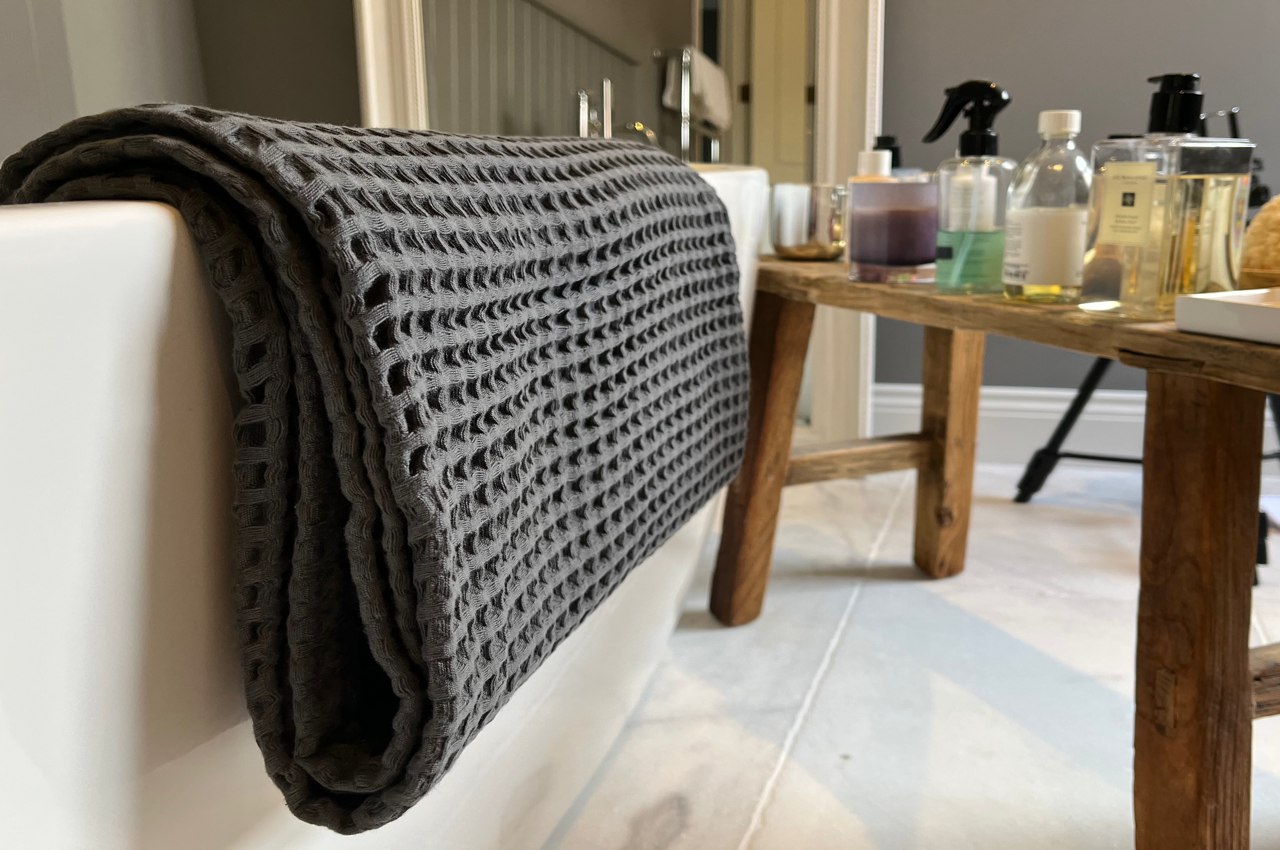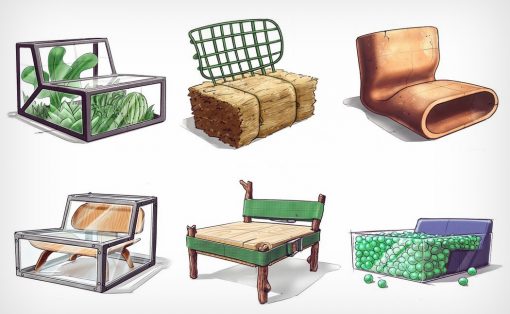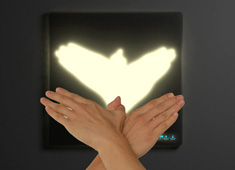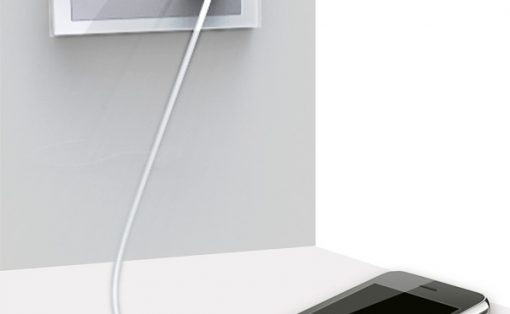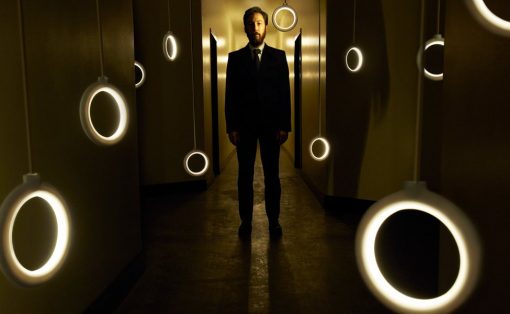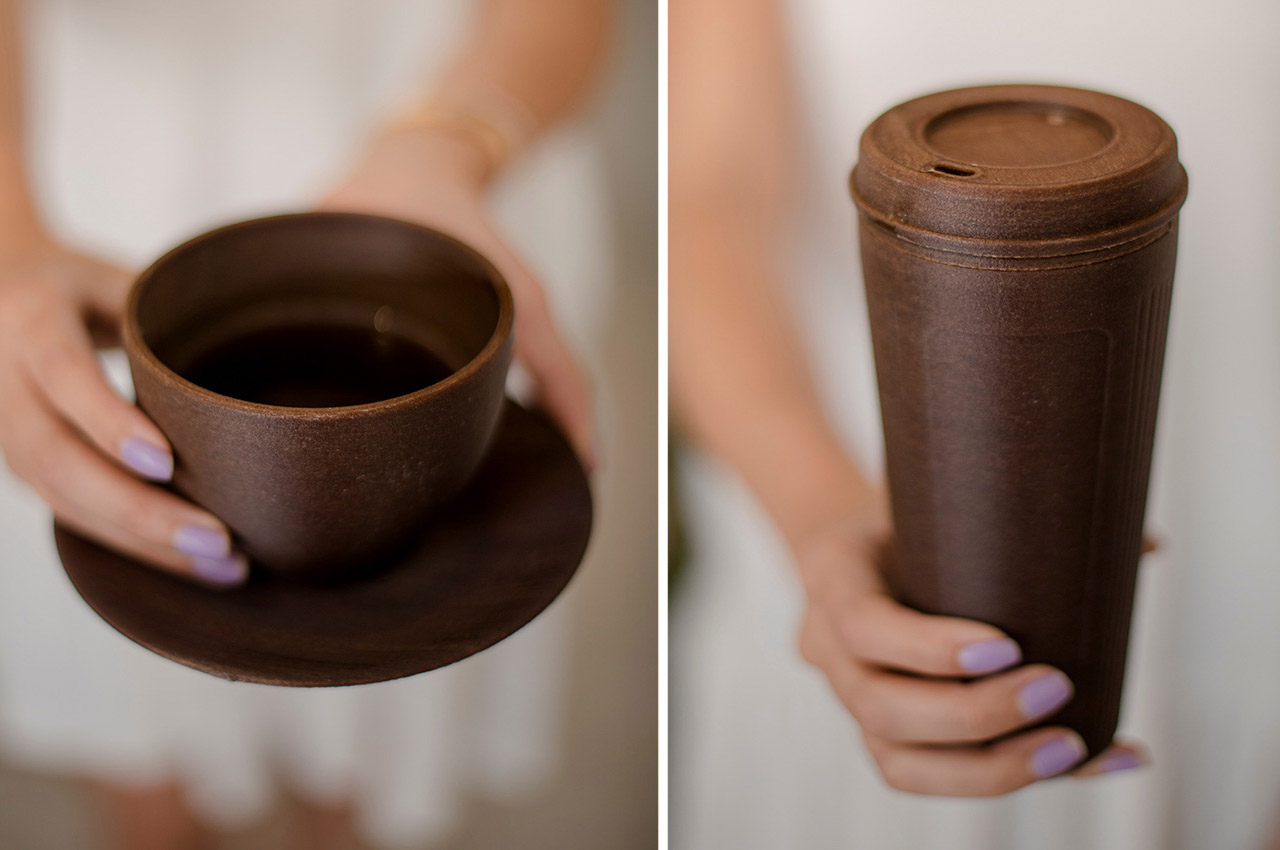
Our unhealthy practices and way of living are truly harmful to the environment and have been slowly leading to its deterioration. And the world has been changing (for the worse) because of this. Hence, it is extremely important to live sustainably and consciously and to take care of the environment. Integrating sustainability into our day-to-day lives has become crucial! And we can do this in various ways. Designers and creators are coming up with sustainable alternatives for almost everything! Every product that is necessary and utilized by us in our everyday routine has an eco-friendly alternative to it. Replacing our usual mass-produced designs with these greener options will make a huge difference to the environment and Mother Earth! From sustainable textile dyes created from recycled seaweed waste to a bamboo towel that is better than cotton towels – we’ve curated a whole collection of sustainable product designs to help you go green!
1. Casacru Towels
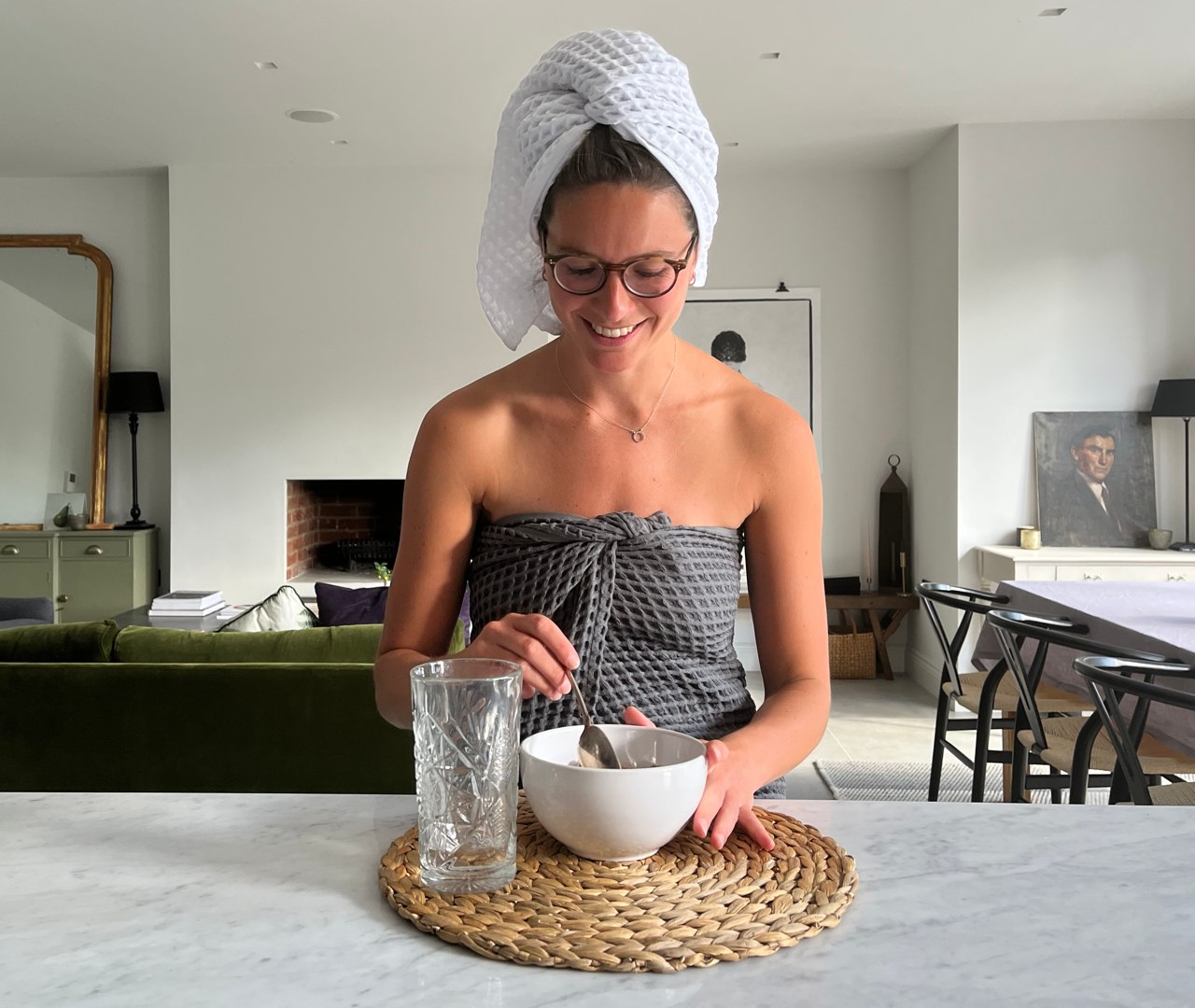
You know what, cotton’s had a good run. It’s still a great material to make comfortable fabric, but at least as far as towels are concerned, it clearly seems like bamboo fibers offer a distinct set of advantages that pure cotton just can’t match. Bamboo is more absorbent, softer, and lasts longer. It’s also the fastest-growing grass in the world, which makes it an easily renewable raw material. Casacru takes all of these advantages and packages them into a towel that’s designed to be notches above your average cotton or microfiber towel.
Why is it noteworthy?
Casacru’s unique waffle weave, alongside the combination of both bamboo and cotton fibers, makes the Casacru towels exceptionally absorbent. The unique weave increases the surface area of the towel, allowing it to absorb more water faster, while also gently exfoliating your skin to remove dirt and dead cells, leaving your skin dry and supple after every wash.
What we like
- Soft and non-allergenic
- Anti-bacterial
- Quick-drying
What we dislike
- No complaints!
2. The Kreis Cup
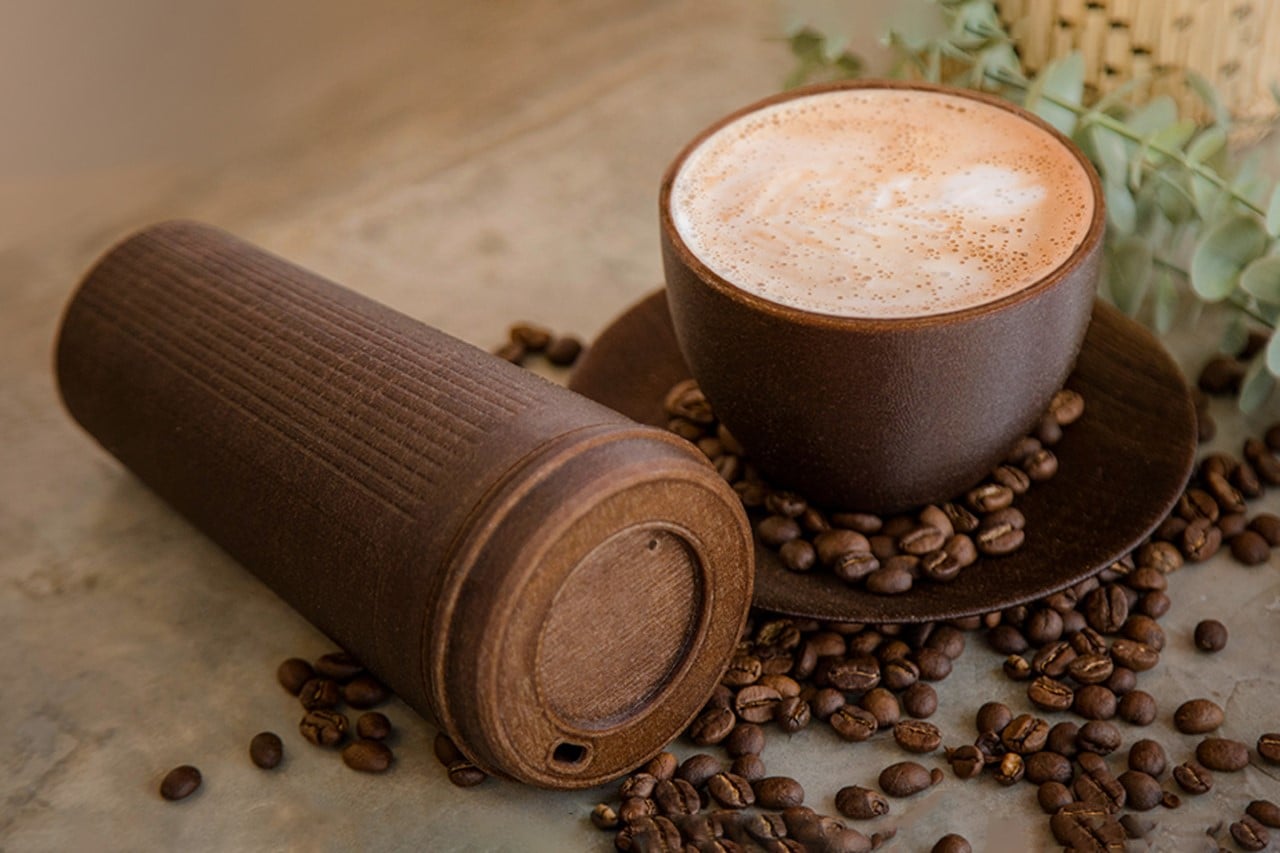
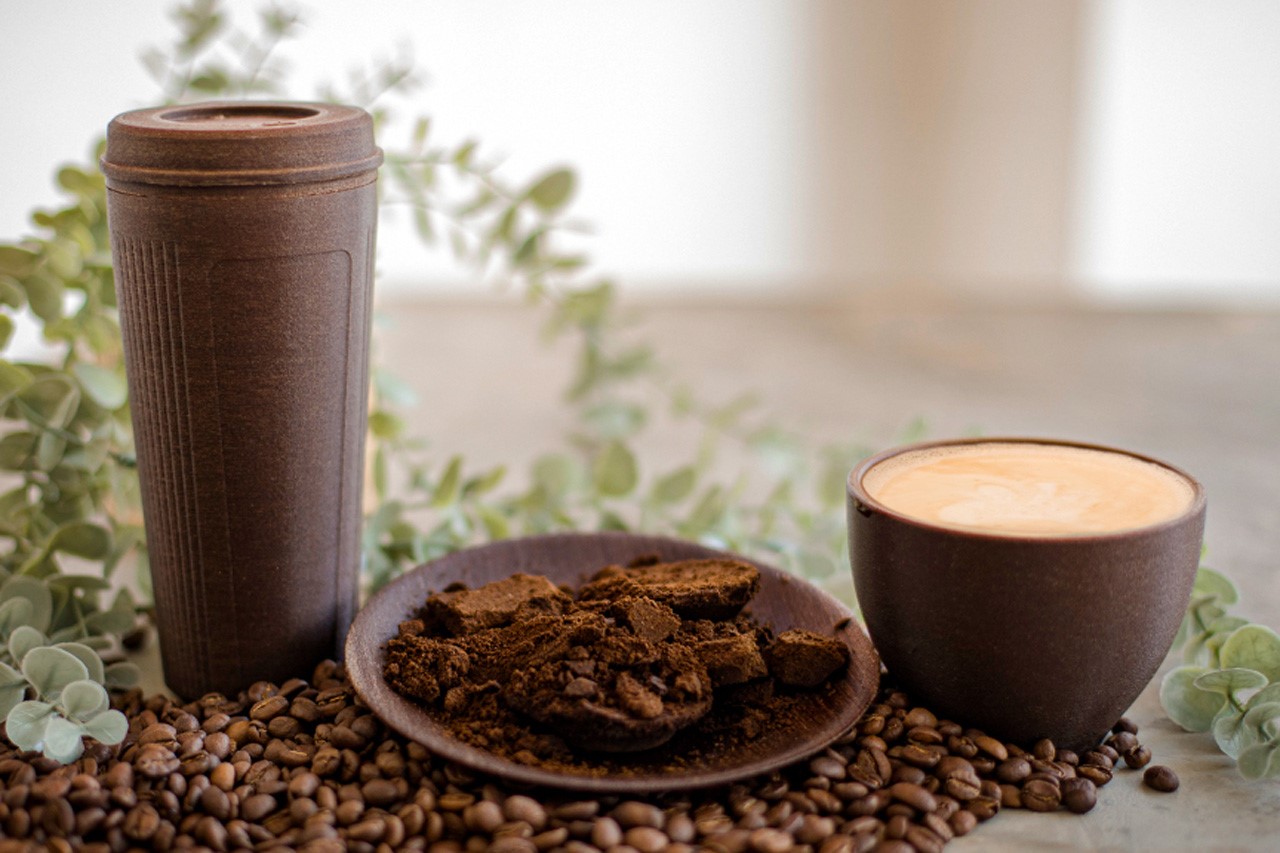
Meet the Kreis Cup, a coffee cup that’s sustainable, durable, and designed to enhance your coffee-drinking experience! Available in a cup and travel-mug styles, the Kreis Cup is a reusable cup made from used coffee grounds and plant-based materials, free of petroleum-based plastics.
Why is it noteworthy?
It is heat resistant and designed to keep your coffee hot longer. That being said, the Kreis Cup is still ultimately biodegradable, unlike plastic-based to-go mugs you get at your local cafe or the breakable ceramic mugs you use at home. Once it reaches the end of its lifespan, the Kreis Cup disintegrates easily into the soil, leaving absolutely nothing behind.
What we like
- Made from spent coffee grounds that have been dried, treated, and then suspended in a natural, plant-based polymer
- Has the faint, unmistakable scent of coffee
What we dislike
- No complaints!
3. The Third Size


The Third Size is a product concept that utilizes rice straw to create not just the tissue but the boxes they come in as well. As anyone who has lived without a bidet or who suffers from various allergies and sicknesses, tissue paper is among the most used materials. In reality, just a small part of it is used and the rest is discarded. Re-using it comes with so many hygiene and medical issues. Some of them come in disposable boxes so the container is also part of the waste.
Why is it noteworthy?
Using biodegradable and recyclable materials like rice straw can help in limiting wastage. Third Size is a multi-size carton that can hold replaceable tissue packs. The different-sized holes let you choose which size tissue you’ll be needing, whether to blow your nose, wipe off a table, or do your business in the bathroom. The box is sturdy enough to be re-used several times over and can even be used as a container for other stuff if you have no need for tissue paper.
What we like
- Helps in limiting wastage
- The box is sturdy enough to be re-used several times over
What we dislike
- No complaints!
4. The Adidas RPT-02 SOL
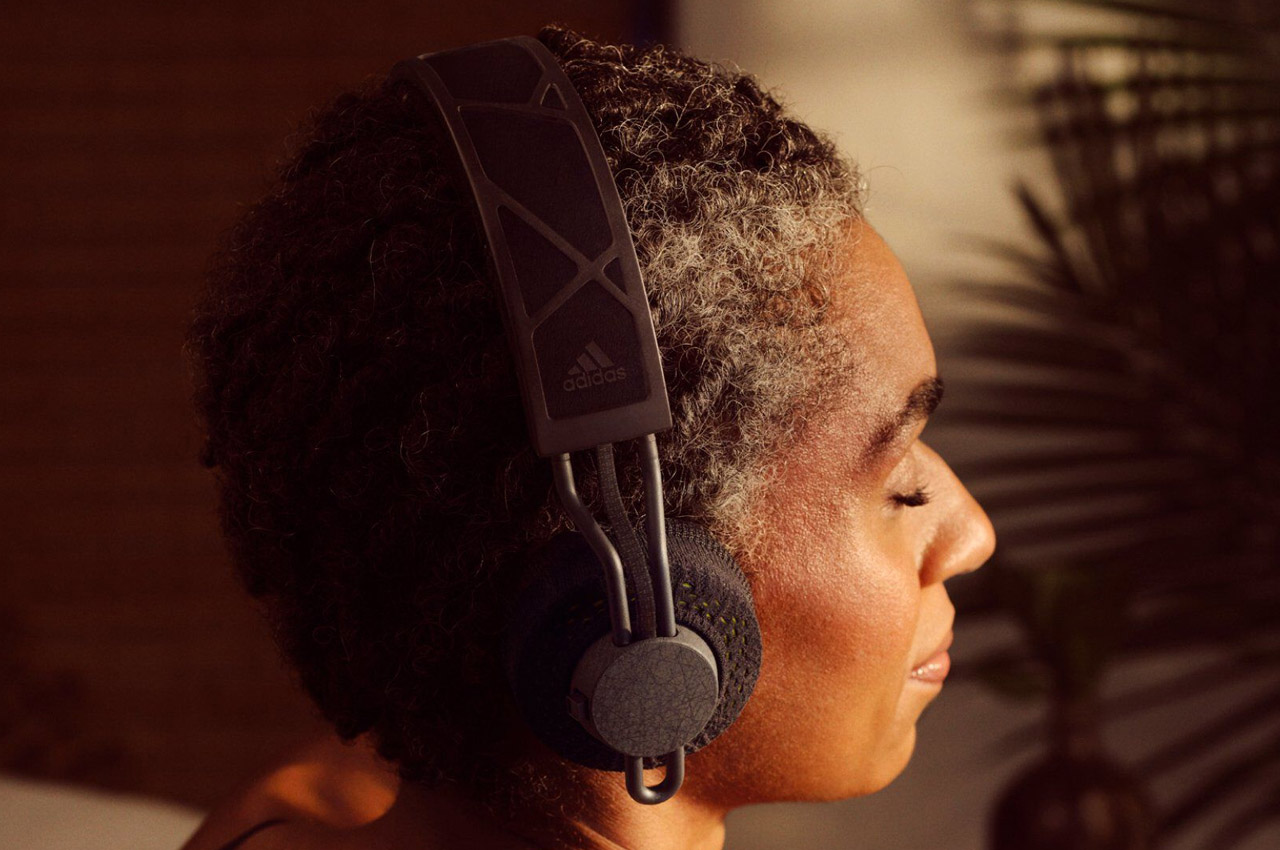
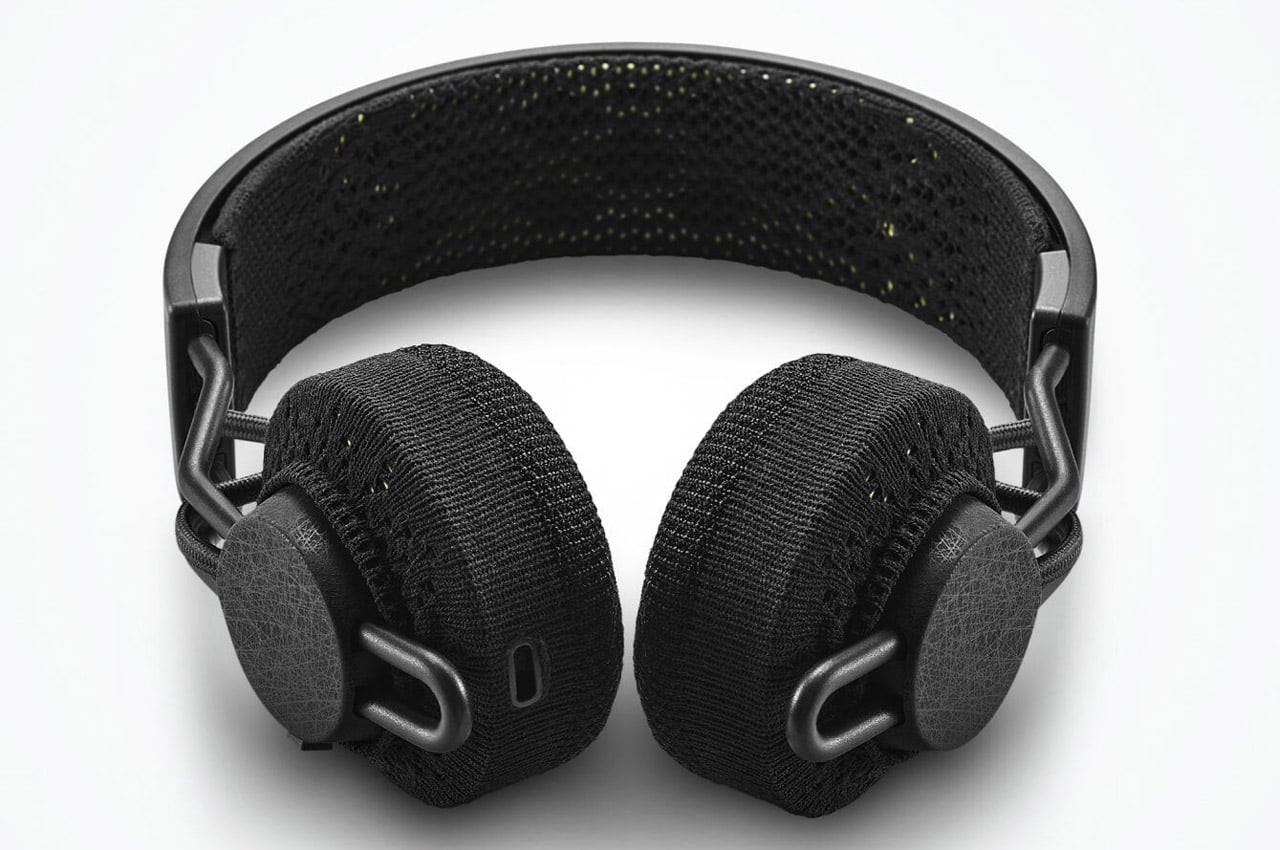
Dubbed the Adidas RPT-02 SOL, these pair of over-the-ear cans juice up with natural light or even artificial light. So, they’ll not need to recharge any time soon. These headphones are a follow-up to the RPT-01(not solar-powered) and promise almost double the playback time at around 80 hours. Not to forget that the RPT-02 SOL are solar powered, and the battery keeps topping up as long as you are exposed to good lighting conditions.
Why is it noteworthy?
Another merit of these IPX4-rated headphones is their build – crafted out of recycled plastic and nylon. Now coming onto the solar charging capabilities Adidas has left nothing to chance. They’ve used a highly flexible light-cell material by Powerfoyle (a Swedish solar tech company) that brings to the fore superior energy capture and charging capabilities even in artificial light.
What we like
- Just in case you have been in the dark trenches and the battery depletes, it can be charged via a USB-C port
What we dislike
- No complaints!
5. Thames Glass


Glassmaking is one of those industries that use a lot of highly processed and sometimes unsustainable materials so finding an alternative to all of this is a priority for some. A group of architects based in London and a design student looked into finding such an alternative to be used in the glassmaking industry.
Why is it noteworthy?
They discovered that the quagga mussel, a species of freshwater mussels, can actually be used as an ingredient in creating glass tiles. By mixing the quagga mussel shell waste with local sands and waste wood ash, they were able to create a “unique glass recipe” which can theoretically be used in building designs in the future. This new bio-material is named Thames Glass and the initial output using this material are some 3D printed molds with decorative patterns.
What we like
- Quagga mussel shells are usually found clogging up the water pipes in the greater London area. By turning this annoying waste into something useful, not only do you solve the clogging problem but you also create an eco-friendly solution
What we dislike
- No complaints!
6. The P-LOGIC chair


The P-LOGIC chair is a product concept that wants to combine “functionality, aesthetics, ergonomics, and sustainability”, four aspects that when put together can be the perfect kind of furniture. The chair is actually also a desk and is shaped uniquely with waves and curves that are not just for design purposes but can also be functional.
Why is it noteworthy?
This piece of furniture is created specifically for children 5-8 years old and is made from sustainable materials and sports an eco-friendly design. The entire chair is made from wood from sustainable forests and the table part is actually made from recycled PET thermoplastic polymer. Basically, it’s actually from bottle caps that have been recycled, chopped, melted, and sanded down.
What we like
- It’s a good way to teach eco-friendly and sustainable design to the kids who will be using them
What we dislike
- No complaints!
7. Plastplan
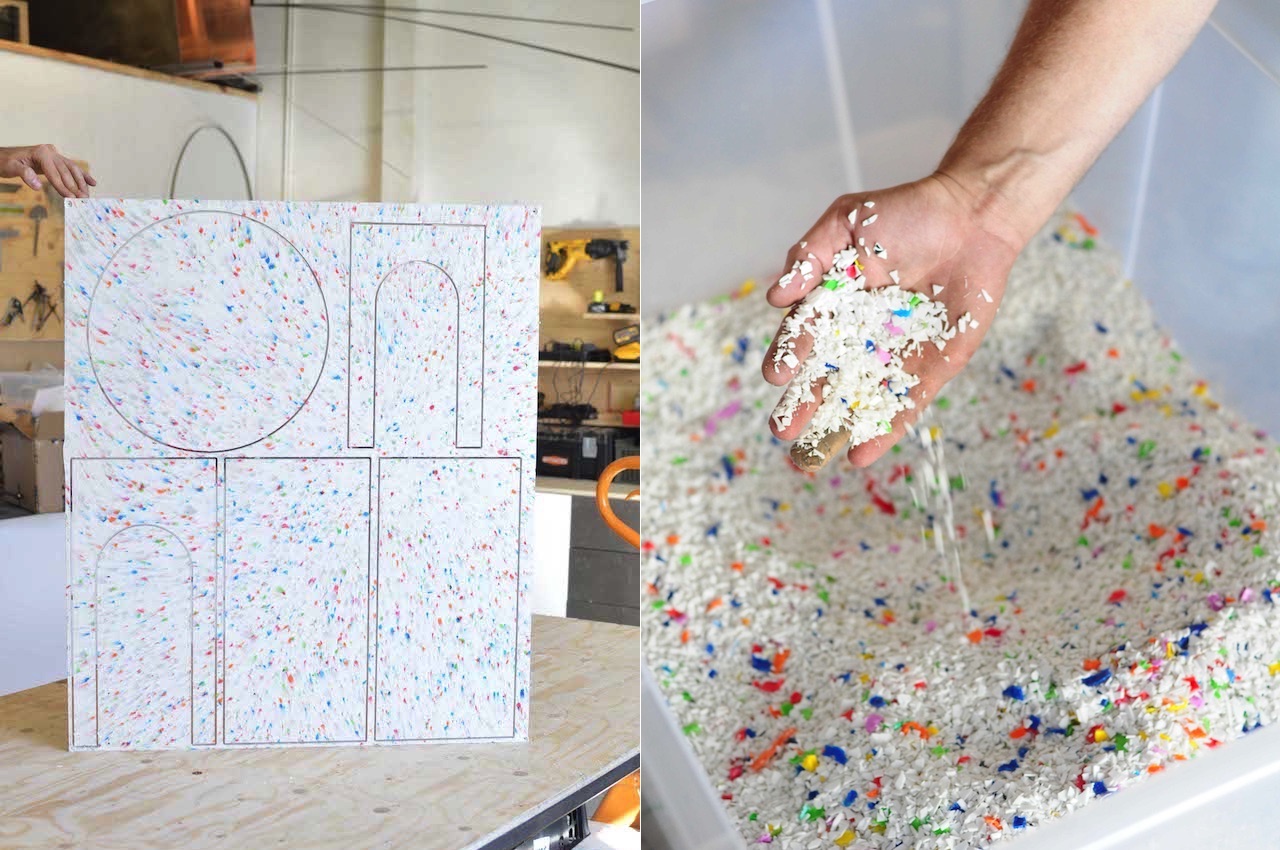
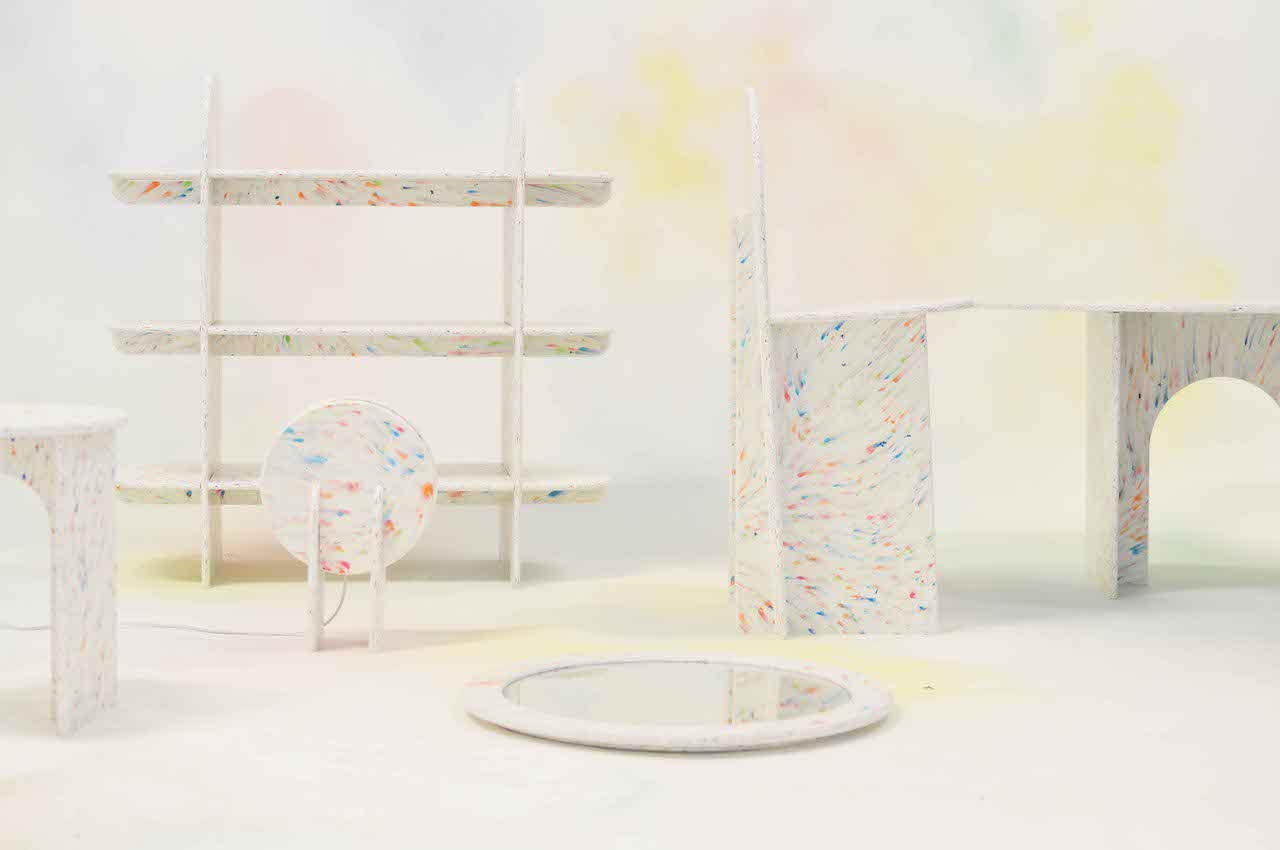
The design studio based in Iceland aims to help make a sustainable planet by resolving society’s excessive use of plastic. It may not achieve the ultimate solution but every little effort matters when it comes to the planet’s future. With the idea that recycled plastic has potential, Plasplan combines the concepts of product designers Björn Steinar and Brynjólfur. With the latter’s background in mechanical engineering and computer science, the pair can work on a collection of household goods and furniture items made solely made from recycled plastic.
Why is it noteworthy?
Initially, Plastplan was formed as the founders wanted to start an educational platform where plastic is discussed. It’s not just about the proper use or disposal of plastic. It’s about making it go full circle, as per Björn Steinar. The circular economy of plastics starts with shredded plastic and then transforms into real objects. The series includes a wall shelf, chair, stool, mirror, coffee table, table lamp, and flower vases.
What we like
- The studio also has developed its own industrial 3D printer that allows them to print large-scale items without spending on molds
What we dislike
- No complaints!
8. Aromanordic inhaler


This Aromanordic inhaler from Thailand brings not just the healing qualities of herbs but also a part of its cultural heritage. What makes the Aromanordic Inhaler stand out from other similar products in the market is that it incorporates nature and culture in its design.
Why is it noteworthy?
The case of the inhaler is made from natural wood instead of the usual metal or plastic outer body. It is made from rubberwood scrap material so it’s also sustainable. Since the inside is refillable and replaceable, you don’t need to throw things away when you’re done with it.
What we like
- Aside from being more aesthetically pleasing, the wood also absorbs the scents of the herbs that are inside
- Since the inside is refillable and replaceable, you don’t need to throw things away when you’re done with it
What we dislike
- No complaints!
9. Piñatex
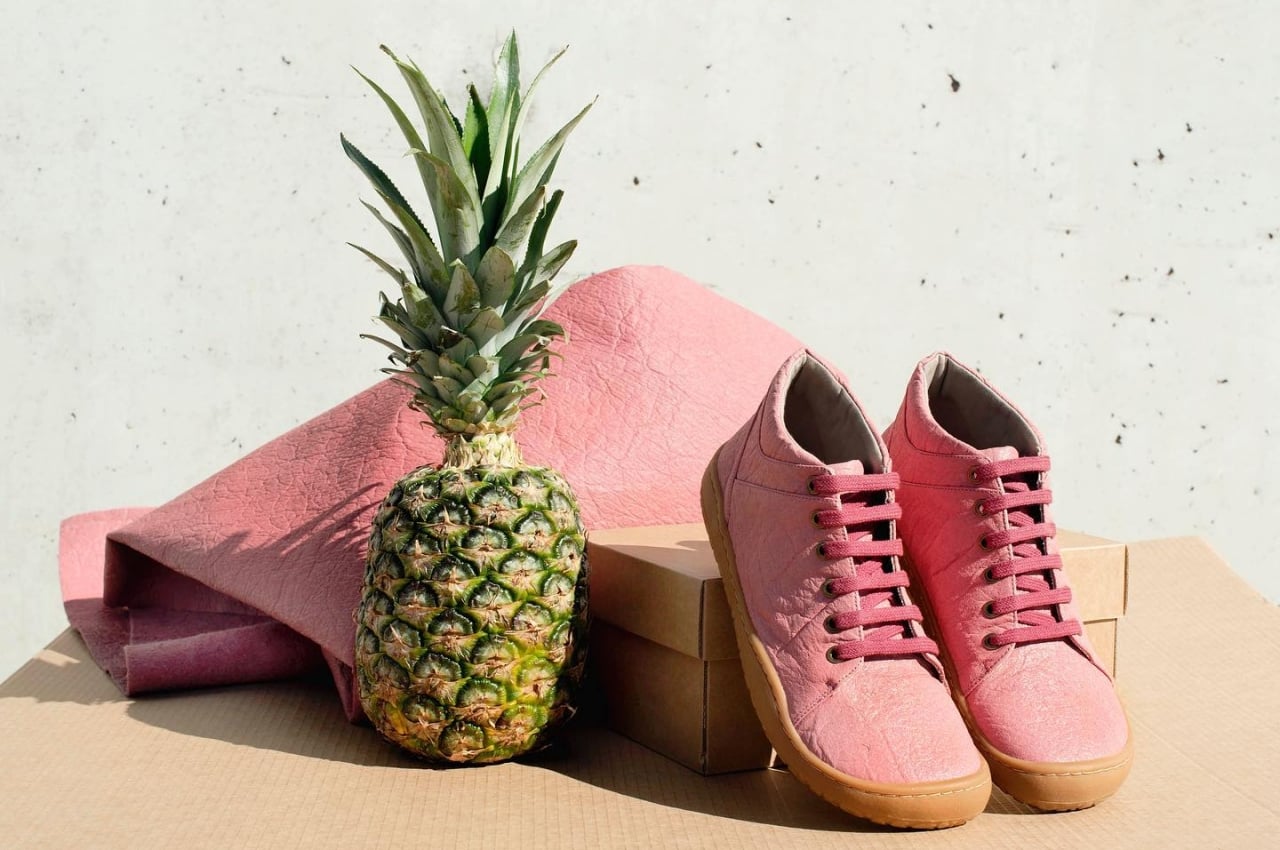
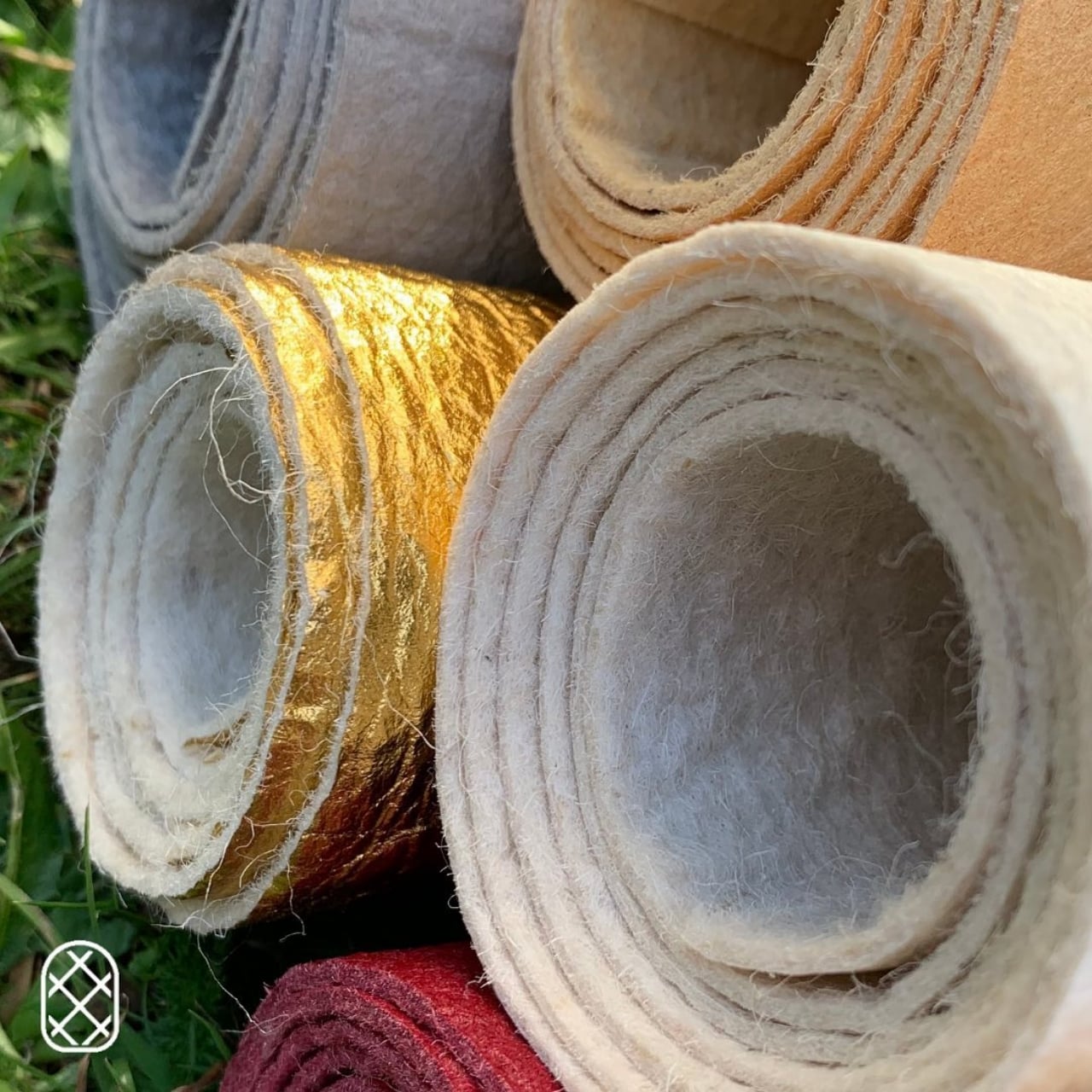
Common synthetic leather alternatives don’t really solve the overall problem with leather. While they do mean that fewer animals are killed in the process, the chemicals and processes involved in making them are just as harmful to the planet as traditional leather tanning. That is why many designers and some companies have turned their eyes toward Nature’s natural fibers for inspiration, but using plant-based materials isn’t as easy as it sounds. That’s what makes Piñatex quite the innovation, providing a leather alternative that’s close to the original in quality while also supporting a truly circular economy.
Why is it noteworthy?
Pineapple leaves are the natural byproducts of harvesting these tropical fruits, but there is very little use for them. This waste is simply gathered and left to decompose, though most farms actually just burn them. Unsurprisingly, that action results in the release of large volumes of carbon dioxide into the atmosphere, worsening the greenhouse effect on the planet. Piñatex uses the ignored potential of pineapple leaves to produce something that you probably would have never thought came from discarded leaves.
What we like
- Unlike most plant-based textiles, Piñatex is non-woven in order to provide the same texture as leather
- The materials are not only biodegradable but also helps pineapple farmer tap an additional source of income
What we dislike
- No complaints!
10. Zeefier’s sustainable textile dyes
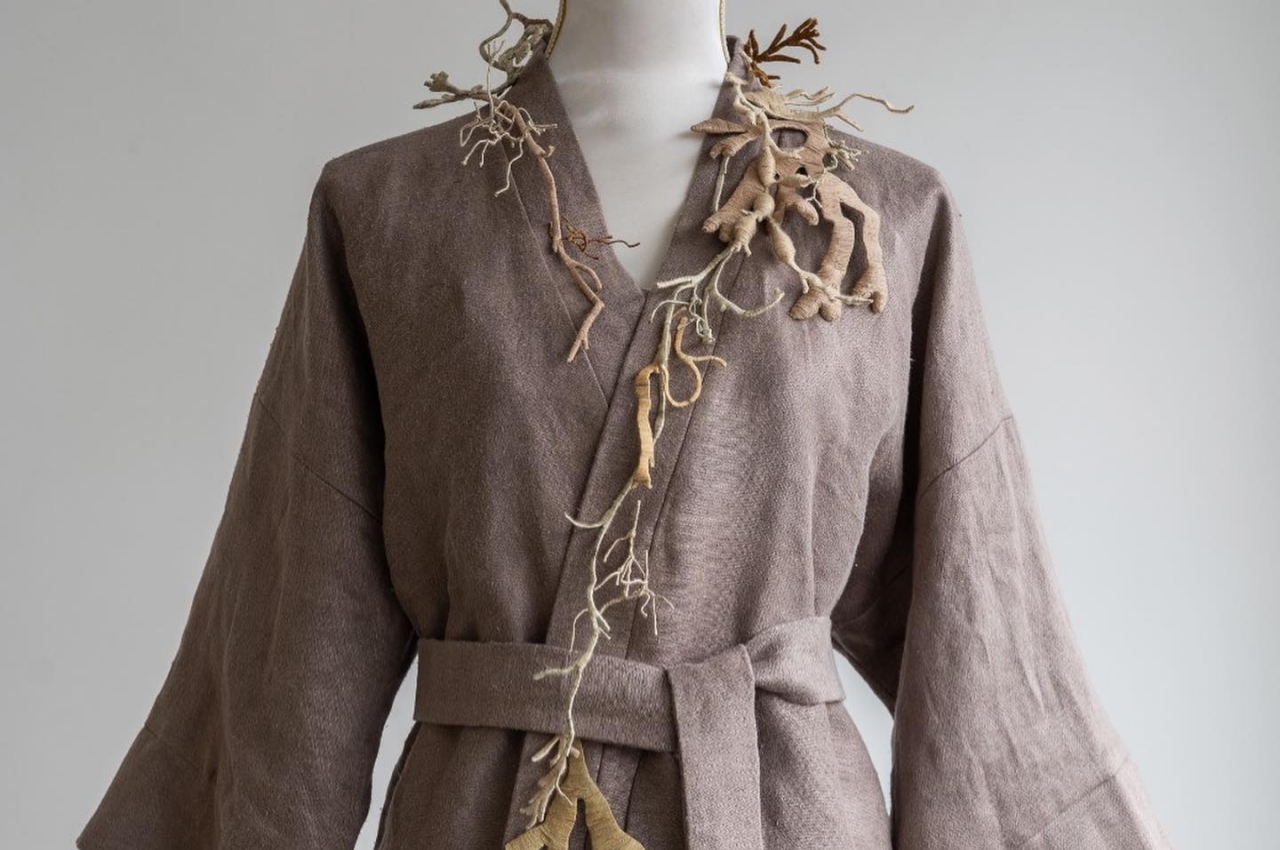
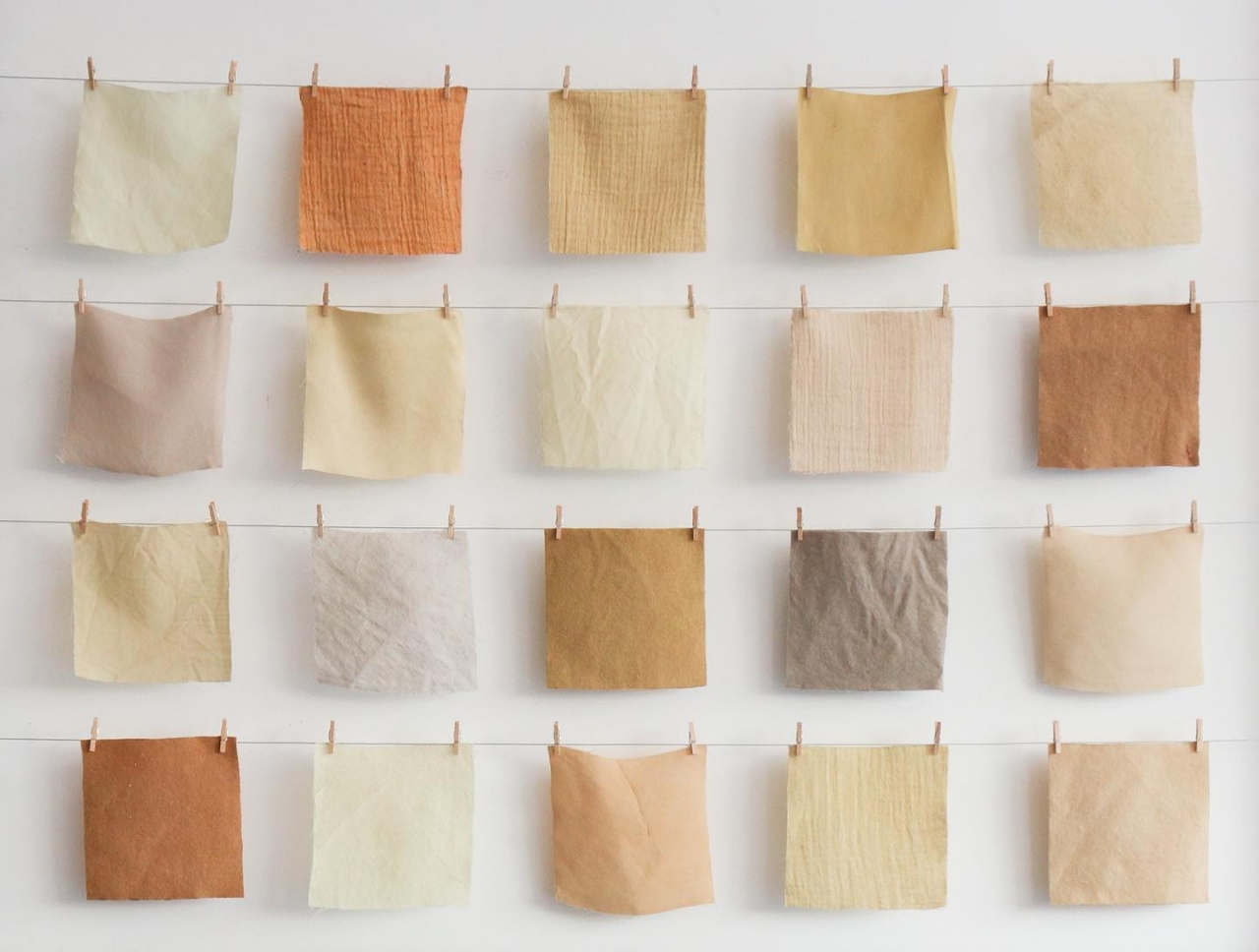
Despite its almost pejorative name, people have started to recognize the benefits of seaweed, at least beyond just an ingredient for food. True to its name, it is almost too easy to grow seaweed without the need for freshwater or agricultural land. And like any other plant, it purifies CO2 and produces life-sustaining oxygen.
Why is it noteworthy?
The startup Zeefier is trying to fight two battles on different fronts. On the one hand, it is trying to promote the use of seaweed to solve many of the sustainability problems of the fashion industry, particularly in the use of synthetic dyes. On the other hand, it is also trying to avoid pushing “seagricultural” practices that could also harm the environment in other ways. So instead, the seaweed they are using for their 100% natural dyes is collected from food and cosmetic wastes, enabling a more circular economy that reduces the risk of growing or harvesting seaweed too much.
What we like
- Created from recycled seaweed waste
What we dislike
- No complaints!

